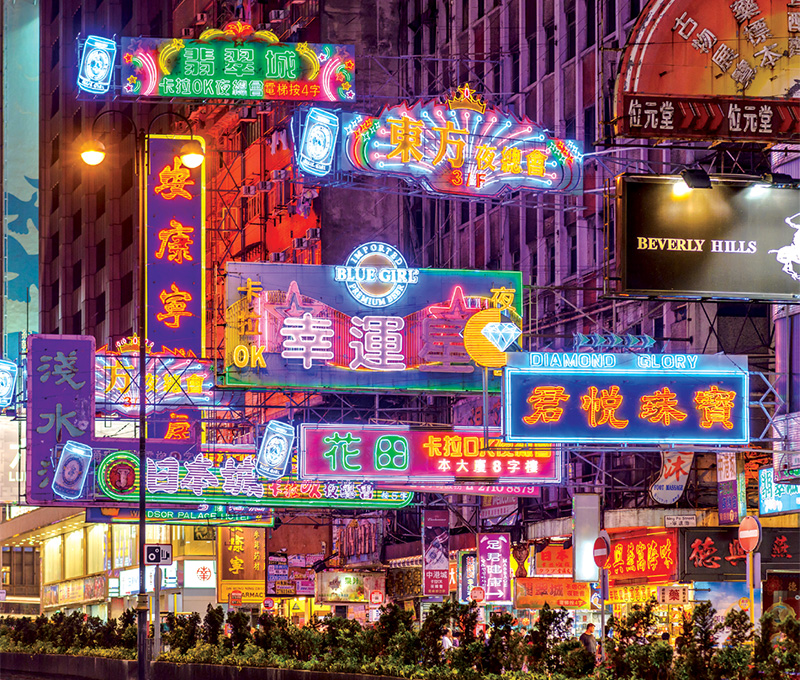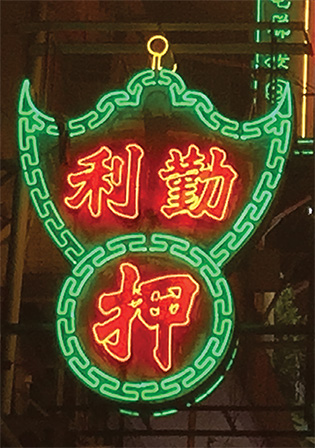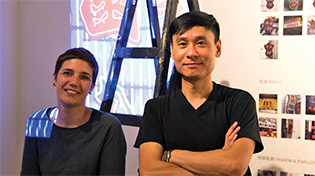
Understand Hong Kong’s East meets West cultural heritage through a study of the city’s vanishing neon signs.

Neon signs of pawnshops resemble a hanging bat holding a coin. The coin signifies prosperity whereas the hanging bat (“蝠” in Chinese) signifies good fortune as it has the same pronunciation as the Chinese character “福”.
Hong Kong’s neon landscape may seem chaotic at first glance, with signs of all shapes and sizes carrying a range of pictures and messages. In the mid-twentieth century, with a boom in consumerism, neon signs began to proliferate in Hong Kong. They reflected the coming of prosperity and an increasingly consumerist lifestyle at the time but are now under threat from urban development, cheaper and more energy-efficient LED technology and increasingly stringent regulations on sign size.
Drawing on data from a large-scale archival project seeking to photograph and thereby preserve neon signs on the Kowloon peninsula, Mr Brian Kwok Sze- Hang and Dr Anneke Coppoolse, Assistant Professors of the School of Design have offered a comprehensive analysis of the neon signs that still line Hong Kong’s streets.
After considering the kind of shops that display icons or symbols on their signs, they are grouped into three business categories: commerce, food and leisure. Most neon signs in the food and commerce category carry pictorial representations of the products and services on offer, with the former representing Chinese-style eateries with icons like shrimp, fish, crab and chicken, whereas the latter focuses on the selling of commodities like jewellery and electronic products. On the other hand, businesses in the leisure category sell experiences, as such, the neon signs signify spatial or location-based settings like roman columns, fountains and palm trees.
In Hong Kong’s neon landscape, “tea” is represented either in the form of a tealeaf or a drink. The latter indicates milk tea, a drink specific to Hong Kong’s history and inspired by the British tradition of drinking black tea with milk commonly served in local “cha chaan tengs” (local Chinese restaurants). As Mr Kwok points out, these signs “tell us (the story) about Hong Kong as a modern city that is often referred to as a place where ‘East meets West’”, carrying references to a significant part of local history.
In a paper published recently in the journal Visible Language, the two researchers, through their innovative socio-visual analysis of the city’s spectacular neon signages, shared their observation about the colonial influence on the pictorial elements of the urban landscape. This has wide implication for postcolonial studies. ♦

